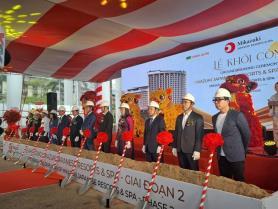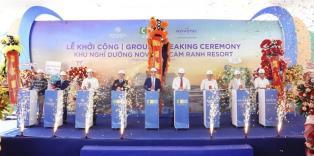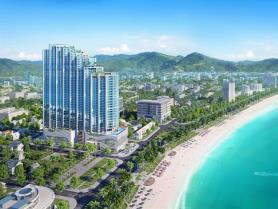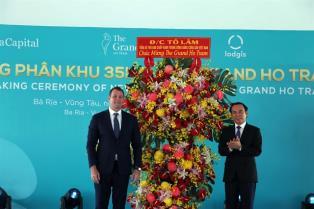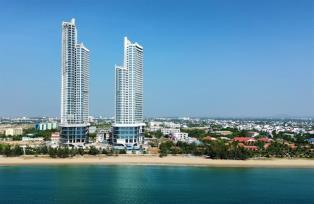Việt Nam among fastest-growing hospitality markets in Southeast Asia: Savills Hotels
The surge in international arrivals has provided solid support for Việt Nam’s hospitality industry, which is experiencing one of its best periods post-pandemic, according to hospitality advisory Savills Hotels.

HCM CITY — The surge in international arrivals has provided solid support for Việt Nam’s hospitality industry, which is experiencing one of its best periods post-pandemic, according to hospitality advisory Savills Hotels.
Việt Nam’s tourism sector continues its strong recovery, welcoming almost 14 million foreign visitors in the first eight months of this year, a 22 per cent increase compared to the same period last year.
Asian markets remain the country’s primary source of inbound demand, with the Republic of Korea and China leading the way. Together, the two markets contributed 6.4 million arrivals, representing an 18.5 per cent year-on-year increase.
Revenue Per Available Room rose 17 per cent compared to 2024, positioning Việt Nam among the fastest-growing hospitality markets in Southeast Asia.
Performance, however, is not uniform across destinations. In gateway cities such as Hà Nội and HCM City, higher room rates have fuelled stronger results.
At the same time, coastal destinations, including Nha Trang, Phú Quốc, Cam Ranh, and Hạ Long, have primarily benefitted from increased occupancy levels.
Mauro Gasparotti, senior director of Southeast Asia at Savills Hotels, said: “We’ve reached solid momentum for the industry: the long-awaited growth in the average daily rate and occupancy is finally materialising.”
“In the past, Việt Nam often faced a strong annual pipeline of new hotels, which limited existing properties’ ability to improve performance. Today, the market has absorbed most of that new supply, and performance is trending upward across almost all destinations,” Gasparotti said.
“We are reaching the point where growth plans are needed, especially in the main cities of HCM City and Hà Nội, but also in Đà Nẵng and Phú Quốc, which could become greater destinations for new quality products,” he said.
“In particular, the expansion of new urban areas in HCM City, combined with the development of new airports and infrastructure, is opening up immense opportunities for a wide range of hotel products, including traditional, lifestyle, and business hotels, as well as long-stay options, branded residences, and mixed-use projects. Exciting times lie ahead for hospitality and real estate developers,” he added.
By 2035, more than half of Việt Nam’s population is expected to enter the global middle class, generating greater disposable income and driving higher consumption. Combined with the country’s strong growth in international arrivals, this expanding middle class is also stimulating domestic travel, together laying a solid foundation for the expansion of Việt Nam’s lifestyle and focused-service hospitality segment.
Uyên Nguyễn, associate director of Savills Hotels, said that the growing middle-income class in Việt Nam has fuelled travel demand, especially in the younger generation.
Operators are increasingly accelerating their portfolio expansion to target this segment, she said.
Cooperation with international hotel brands continues to grow, allowing owners and developers to leverage global brand equity, extensive distribution networks, and standardised operating procedures.
Over the past decade, the proportion of branded hotels in Việt Nam has increased from 24 per cent to 32 per cent of total hotel inventory, highlighting the growing role of international operators in shaping the market.
This pattern signals a shift towards higher-quality products and international-standard services, positioning Việt Nam to align more closely with mature tourism markets in the region.
Brand cooperation extends to the residential sector, where developers seek to provide elevated product quality under the branded residence concept. This segment is expanding rapidly across Asia, with Việt Nam emerging as one of the region’s most dynamic growth hotspots.
The country currently has 21 completed branded residence projects, ranking second after Thailand in Southeast Asia. — VNS

